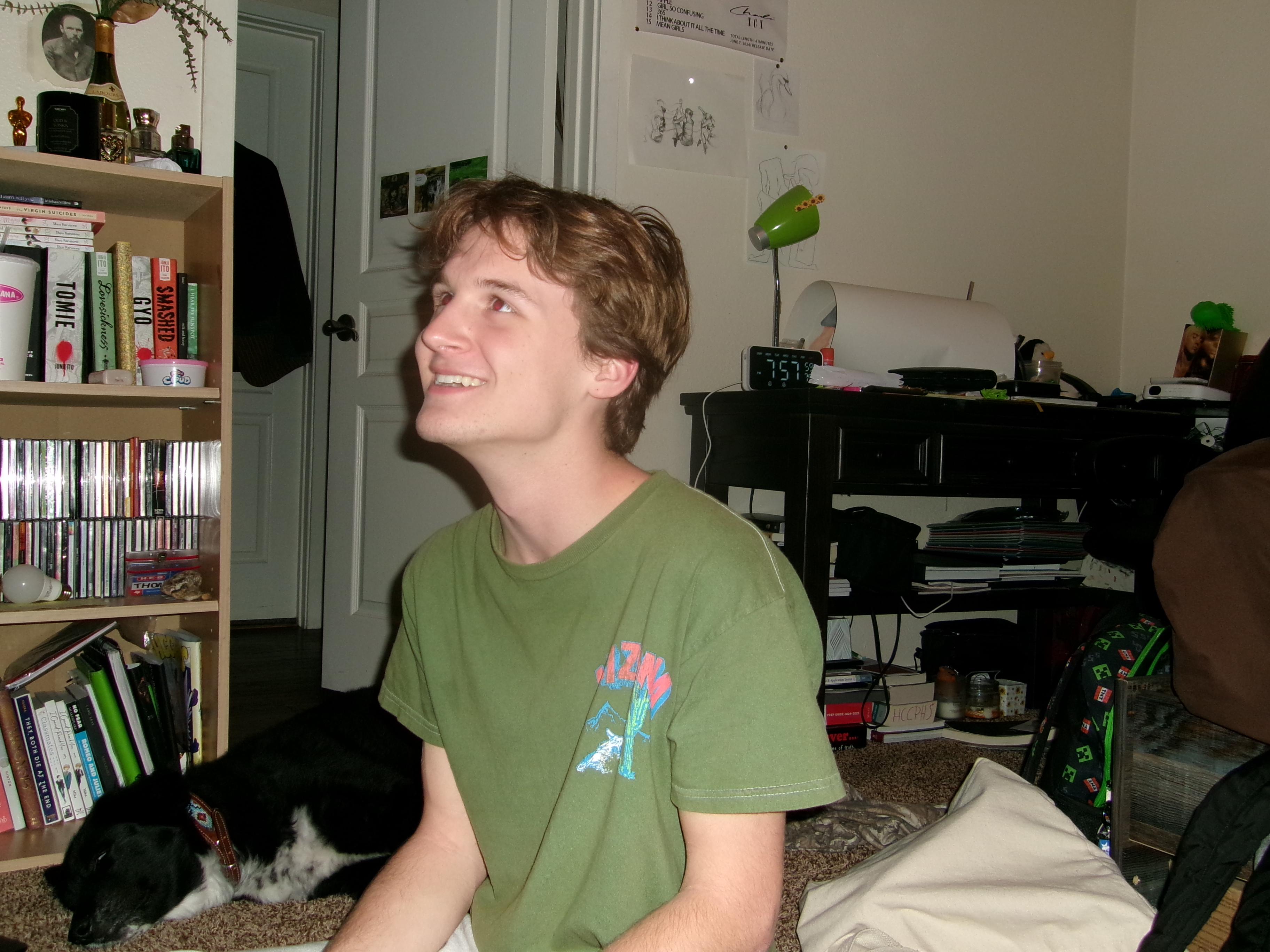All AP Art History Resources
Example Questions
Example Question #101 : 3 D Art

Pictured above is the Sarcophagus of Junius Bassus, originally from Rome.
The figural element reflects which artistic style?
Late Imperial Roman
Late Hellenistic Greek
High Classical
European Renaissance
Late Imperial Roman
The figures appear in a Roman style of dress and appearance, although their Christian elements, like the naked Adam and Eve, suggest it is a later Roman style.
Example Question #691 : Ap Art History

Pictured above is the Sarcophagus of Junius Bassus, originally from Rome.
The stylized columns in the work appear to be of what influence?
Near Eastern
Classical Greece
Celtic druid
Late Etrusican
Classical Greece
The Corinthian columns and stylized pediment are orginially from pagan temples and would have been introduced to the Romans by the Greeks.
Example Question #103 : 3 D Art

Pictured above is the Sarcophagus of Junius Bassus, originally from Rome.
The work does not demonstrate __________.
stylized Byzantine figural elements
the notoriety of Junius Bassus
stylistic elements of the Classical Greeks
the blending of Christian and Roman cultures
stylized Byzantine figural elements
The work is from the middle of the fourth century and would have predated the height of Byzantium.
Example Question #11 : Early Christian, Byzantine, And Early Medieval Sculpture
Choose the best answer.
Byzantine art, which developed out of __________, abandoned the concept of perfection, symmetry and idealistic beauty. Instead, the art of the Byzantine Empire focused on symbolism, intricacy and the ornate.
the Italian Renaissance
ancient Greek art
Baroque art
ancient Roman art
Mannerism
ancient Roman art
Byzantine art evolved from ancient Roman art, although this transition is not superficially obvious. It is important to remember that the Byzantine Empire is at times referred to as the Eastern Roman Empire, and that the Byzantine people considered themselves to be Romans through the Fall of Constantinople in 1453. The evolution of style of Byzantine art occurred due to the fact that the Byzantine Empire and Constantinople were considered the bridge between Eastern and Western European cultures. The clash and intermingling of these cultures and religions is what created the unique style and appearance of Byzantine art.
Example Question #1 : Renaissance To Contemporary Sculpture

the following image is public domain, and can be found at https://en.wikipedia.org/wiki/David_(Donatello)#/media/File:Florence_-_David_by_Donatello.jpg
The work is noteworthy for bringing attention to __________.
the triumph of the anointed
the overt sexuality of the human body
the blending of Classical and Christian culture
the true end of Classical Paganism
the blending of Classical and Christian culture
David is the first instance in which there is a genuine blending of the Christian faith and the styles and forms of Classical figural art. Here is the first time that biblical figures are represented in the styles of the Classical masters. Yes, he is not the freestanding nudes we recognize- the Boxer, the Discus Thrower, those trim and muscled figures. David clings to the vestiges of Gothic figures, but he is nude and freestanding and has paved the way for more of his kind.
Example Question #2 : Renaissance To Contemporary Sculpture

the following image is public domain, and can be found at https://en.wikipedia.org/wiki/David_(Donatello)#/media/File:Florence_-_David_by_Donatello.jpg
The work demonstrates Donatello's interest in __________.
the human body
new artistic styles and figural forms
All of these
Italian Christian society
All of these
Donatello had a clear interest in the human form. Many believed when he unveiled the piece that it had to have been done in life, it was so true to form. He also, though, was the first of his kind to use bronze in a freestanding nude (this hasn't been done since the Classical era). He is finally making a statement of Italian society, and the importance of blending Christian art and modernizing life.
Example Question #3 : Renaissance To Contemporary Sculpture

Who is the subject of this sculpture, a popular figure in Renaissance art?
Hercules
John the Baptist
Samson
David
Moses
David
This is David, also sculpted by artists like Donatello and Michelangelo. The head of Goliath sits at David's feet. John the Baptist was also beheaded, but by Salome, a woman. Hercules and Samson tend to be represented with more muscularity, and Moses is usually an older figure.
Work is in the public domain, accessed through WikiArt: http://www.wikiart.org/en/andrea-del-verrocchio/david-1475
Example Question #1 : Fourteenth Through Sixteenth Century Sculpture
Michelangelo's David displays this compositional technique, wherein the figure's posture is tense on one side and relaxed on the other because its weight is shifted disproportionately to one foot.
Contrappusto
Interaxial balance
Figura serpentinata
Formal balance
Contrappusto
"Contrappusto" (meaning counterpose in Italian) is the term used to describe a posture in which the figure's weight is shifted to one foot, causing the shoulders and hips to twist off the body's central axis so they are no longer parallel, as seen in David. It was introduced in Classical Greek art and rediscovered in the Renaissance.
Example Question #1 : Renaissance To Contemporary Sculpture
Equestrian statues were favored by absolute monarchs in the seventeenth century because __________.
they showed the subject interacting with a lowly animal
they conveyed a sense of grandeur and power about the monarch being depicted
they depicted the subject as an everyday person
they showed that the subject was an expert rider of horses
they conveyed a sense of grandeur and power about the monarch being depicted
Equestrian statues, even when life-size, created a portrait of their subjects on massive scales. While commonplace in Rome, they were hardly made after the fall of Rome until the Renaissance, and in the age of absolutism in the seventeenth century, they were made all across Europe to commemorate and celebrate monarchs. These statues made the monarchs depicted in them appear intimidating, grandiose, and worthy of their position as absolute monarchs.
Example Question #2 : Renaissance To Contemporary Sculpture

the following image is public domain, and can be found at https://en.wikipedia.org/wiki/David_(Donatello)#/media/File:Florence_-_David_by_Donatello.jpg
The sculptor of this work is ___________.
Donatello
Bernini
Leonardo da Vinci
Michelangelo
Donatello
This work is Donatello's David. It predates the Davids of both Michelangelo as well as Bernini. Donatello was known among his colleagues for his freestanding work, and had in fact created a freestanding marble version of David that predates even this one. That David, though, was not nude where this one clearly is.
All AP Art History Resources




